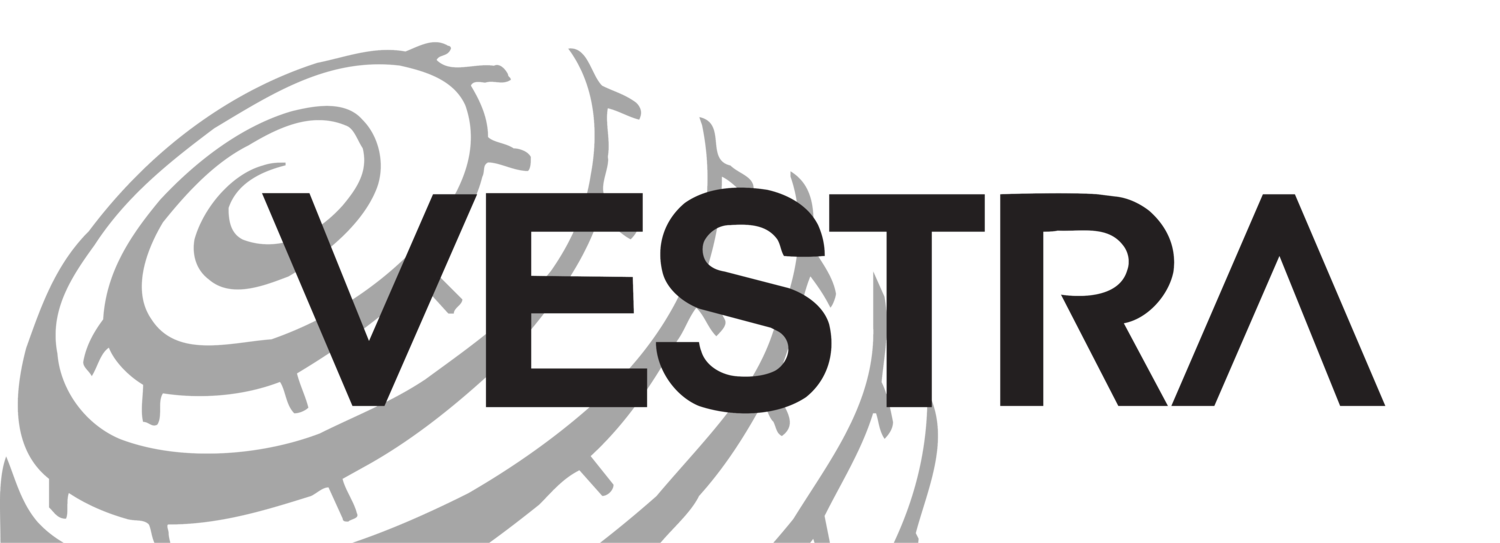Cannabis Identification and Prioritization System (CIPS)
PROBLEM: The cultivation of Cannabis in rural parts of California has been increasing which has resulted in significant environmental impacts in the watersheds of California; such as, increased pollution in the local, regional, and state water supplies, increased soil erosion, as well as increased nutrient and pesticide laden runoff. California’s extreme drought conditions have further magnified these impacts.
SOLUTION: The SWRCB and the California Department of Fish and Wildlife were tasked with trying to regulate this activity. As a part of this effort, they contracted with VESTRA to design a Cannabis Identification and Prioritization System (CIPS), which acts both as a repository of geospatial information on grow locations and a tool for helping the agencies prioritize their regulatory efforts based on the potential impact individual grows have on water resources, fish, and wildlife.
VESTRA, along with Formation Environmental, worked to capture grow locations and developed raster datasets which include percent slope, length of slope, evapotranspiration and proximity to surface water. These raster datasets are used along with information on the proximity of threatened fish and wildlife to model the level of threat associated with each grow, allowing the agencies to establish priorities for action.
CIPS APPLICATION: VESTRA was responsible for the design and development of the system. One of the project requirements was that the system leverages the SWRCB’s existing Esri Enterprise system. The development effort includes a JavaScript web interface to be used by agency staff tasked with regulating Cannabis cultivation and geoprocessing services that are used to model the environmental threat based on the factors a user wants to consider in their analysis along with the weight they associate with each factor.
The web interface includes an operations dashboard that summarizes the number of grows that have been identified in the state, whether they’re outdoor or greenhouse grows, the number in each SWRCB region, and the estimated amount of water consumed by each grow. This dashboard is updated nightly as data becomes available.

